|
If I did a survey and asked all of you one fact you've heard about badgers, I'm betting the most common answer would have something to do with how mean and vicious they are. Yeah, perhaps part of the reason for this is all the Honey Badger Don't Care jokes and memes (and even a book), which apparently started with a silly YouTube video that now has over 95 million views. By the way... don't watch the video if you are offended by foul language. Are badgers really vicious and fearless? Let's find out! What the heck is a badger? Actually, there are 11 species of badgers. They are in the family Mustelidae, which also includes otters, ferrets, weasels, minks, wolverines, and others. Badgers have short legs and stocky, muscular bodies. Their feet are equipped with impressive claws for digging. Badgers live in burrows that they dig with these impressive claws, and a badger burrow is called a sett, which has resulted in several jokes used by standup comedians: "I had a fat badger joke, but I couldn't fit it in my sett." The different species of badgers live throughout most of the world, including China, Indonesia, Japan, Malaysia, North America, sub-Saharan Africa, the Arabian Desert, India, and most parts of Europe. Below is an American badger. Amazing Facts about Badgers The name badger originally came from the 16th century word bageard, which meant "marked by a badge." This is a reference to the distinct white stripes on the faces of most badger species. Some types of badgers live alone, but others live in groups of up to fifteen. A group of badgers living together is called a cete. Their burrows can be extensive, especially when living in groups, and can include numerous passageways and sleeping chambers. For whatever reason, badgers keep their burrows exceptionally clean. They regularly carry out old bedding and bring in fresh bedding, and they defecate only in latrines located outside of their burrows. Below is a European badger. Okay, let's talk about the badger's reputation for being fearless and aggressive. Is it true? As usual, this is often exaggerated. Badgers are certainly capable of defending themselves, and they have powerful jaws and claws, but they rarely attack humans. Of course, like many other animals, a badger will certainly attack a human if you corner it and try to pick it up or harm it. Here's a sampling of evidence of the badger's reputation: I found an article on the BBC website about a Scottish castle that had to close off part of its public area because a "very angry badger" had gotten into the cellar of the structure. There are numerous YouTube videos of badgers defending themselves against much larger creatures, including this one of a honey badger taking on six lions. Badgers have really thick, tough skin, and this video shows how these characteristics can save a badger's life. Also, the honey badger has the Guinness Book of World Records title of "World's Most Fearless Creature." So, there's no doubt that badgers are fierce creatures and are capable of fighting off attackers. Perhaps part of their nasty reputation comes from certain behaviors, particularly the notorious honey badger (which lives in Africa and Southeast Asia). For example, honey badgers have a strong resistance to snake venom and scorpion venom. This includes cobra venom, and honey badgers often kill and eat cobras. In fact, 25% of a honey badger's diet is venomous snakes! Why would the honey badger evolve an immunity to snake venom instead of just avoiding venomous snakes? As one writer put it: "Evolving to withstand snake venom is like being the only person at a party who can eat the extra-hot salsa: You get it all to yourself." Below is a honey badger: Another major portion of a honey badger's diet is... you guessed it... honey (as well as honeybee larvae). Eating honey involves getting stung by bees. A lot of bees! And, as you can guess, "honey badger don't care!" Again, the thick skin comes in handy. A honey badger's skin is about 1/4 inch (.635 cm) thick and is incredibly tough. Not only is the badger's skin thick, it's also loose. So loose, in fact, that when a predator gets a badger in its jaws, the badger has room to squirm around and bite the predator's face Badgers also have incredibly strong jaws. Scientists have developed a metric called the Bite Force Quotient (BFQ), which takes into account the bite force and the animal's body size. A European Badger has a BFQ of 106. Compare that to a brown (grizzly) bear, with a BFQ of only 78. The leopard has a BFQ of 94, and the lion had a BFQ of 112. So, the badger rates pretty high in biting force. This is a long (36 minutes) video, but check it out if you really want to learn a lot about honey badgers. Honey badgers have no problem going after the difficult foods such as venomous snakes and honey. They even sometimes target porcupines, which have quills that can kill much larger predators. Below is a honey badger that made an attempt to kill a large crested porcupine but finally had to give up. And don't forget there are other species of badgers too. Below is a hog badger in Thailand. And below is the Javan ferret-badger, which lives in Indonesia. The ferret-badgers are some of the smallest badger species. Most badgers (including the American badger, European badger, and honey badger) average about 25 pounds (11 kg), but the ferret badgers are only about 4 pounds (1.8 kg). So, Badgers deserve a place in the U.A.H.O.F. (Undefeated Animal Hall of Fame). FUN FACT: The word defeat originated way back in the 1300s, and it is most often used as a verb meaning "to overcome in a contest, battle, election, etc." It also means "to frustrate or to thwart." The adjective undefeated didn't show up until hundreds of years later, in the 1700s. Undefeated is now mostly used related to sports, as in "The team had an undefeated season." Considering the badger's reputation as an undefeated fighter, the word seems particularly important here. So, especially when it comes to badgers, undefeated is another way to say awesome! Photo Credits:
American Badger - H. Rieser via National Park Service European Badger - Kallerna/Wikimedia Commons Honey Badger - South African Biodiversity Institute Honey badger with porcupine quills - Owen Slater Photography Hog badger - Wikimedia Commons Javan ferret-badger - Jiří Bukovský via BioLib
0 Comments
A few days ago I was walking to our garden, and I spotted a really cool, inch-long insect scuttling around on the ground at my feet. I recognized it as a velvet ant, a creature that fascinates me but which I rarely have a chance to see. I tried for several minutes to get a decent photo with my phone, but the darn thing was on a mission. It wouldn't stop scurrying for even a split second, so here's my best shot: Here in Missouri, velvet ants are often called cow killers. This menacing name comes from their reputation for having an extremely painful sting. You see, these creatures are not actually ants at all—they are wasps. What the heck is a Velvet Ant? Amazingly, there are over 7,000 species of velvet ants worldwide! They are in a family called Mutillidae. As you can probably guess, they get their common name (velvet ant) from the velvety coat of fur on their bodies, which is often bright orange and black. Here are a few of the different species: Amazing Facts about Velvet Ants First, let's make sure we know exactly what these things are. As I said above, velvet ants are actually wasps. They exhibit what is called sexual dimorphism—meaning the males and females are very different in appearance. The males have wings and can fly, while the females are without wings and spend all their time on the ground. The wingless females can sting, but the winged males cannot. Velvet ants are solitary wasps. They live alone instead of in colonies that have queens, workers, and drones. The adult males fly around at night, feeding on flower nectar. The wingless females also feed on nectar, but they move around on the ground, often during daylight hours. Here is what a winged male looks like: Okay, we really need to talk about this wasp's amazing ability to defend itself. It is perhaps the best-defended type of wasp. First, its stinger packs a mean punch. In fact, legend has it that the sting is powerful enough to kill a cow. Hence the name cow killer. Don't worry, this is nothing more than a legend. These wasps are not dangerous to cows or to humans (unless you are highly allergic to wasp and bee stings in general). But the velvet ant's sting is painful! How painful? Well, first let's distinguish between pain and toxicity. Pain is how much the sting hurts, toxicity is how dangerous or fatal the sting is. Surprisingly, tests have shown that velvet ant venom (which still has an unknown composition) is no more toxic than the venom of honeybees. It's also important to think about the velvet ant's solitary lifestyle. They live alone, so they do not have companions to help them fight off predators. It's more important for a velvet ant to administer immediate pain to a predator, so that it can make a quick escape. It's the "shock and awe" approach. When a predator grabs a velvet ant, the pain comes so fast that it will usually release the wasp before killing it. How painful is it? In one comparative study, velvet ant pain outscored the pain from 58 other stinging insects. The only bugs rated as more painful were the bullet ant, the warrior wasp, and the tarantula hawk (a type of wasp). Even those names sound nasty, don't they? Oh... and that was one study I am glad I did not volunteer for. I suppose the pain is made worse by the fact that velvet ants have stingers that can be half as long as their entire body! See the stinger in the image below. Not only do velvet ants have a nasty sting, they also make a warning sound by contracting their abdomen. This sound warns predators that the velvet ant is ready to attack (kind of like a rattlesnake's rattling). In studies, whenever a shrew would come within a meter of a velvet ant, the velvet ant would start making this sound, and the sound would become more frequent as the shrew got closer. In the study, the shrews would never attack the velvet ants. Check out this video of a velvet ant's alarm sound and its stinger. But wait! The painful sting and the threatening noise are not the velvet ant's only defenses. The bright orange and black colors are actually a form of aposematic coloration. This means they have evolved a specific combination of colors to scare off predators (kind of like the coral snake). Many predators have learned the hard way that touching a velvet ant involves pain, and they learn to avoid insects that have this color pattern. Not only that, but velvet ants have extremely strong, hard exoskeletons. Crushing a velvet ant requires 11 times more pressure than crushing a honeybee! Yep... this has actually been measured with a device called a force transducer. And there is one more defense. When threatened, velvet ants also squirt out an alarm chemical from their mandibular gland. It is thought that this chemical further warns the attacker that they are about get the crap stung out of them if they don't back off. So... a painful sting, aposematic coloration, a really hard exoskeleton, a warning sound, and a warning chemical. Velvet ants are well-defended wasps! To give you an idea of how invincible velvet ants are, in a large 2018 study, numerous species of velvet ants were placed with a variety of different predators, including amphibians, reptiles, birds, and small mammals. The wasps were attacked by moles, shrews, lizards, birds, frogs, toads, and many more predators. Only one animal, a single American toad, was able to kill and eat a velvet ant. All the others failed. Two shrews were able to wound a velvet ant, but only after several failed attempts. The velvet ant is one tough cookie. One last photo. Below is a species of velvet ant found in Chile. It's called the panda ant. So, Velvet Ants deserve a place in the G.A.H.O.F. (Gangbusters Animal Hall of Fame). FUN FACT: The word gangbusters originated in about 1940. It comes from the popular U.S. radio crime-fighting drama called "Gang Busters," which ran from 1937-1957. The show always started with a dramatic opening involving sirens, screams, pistol shots, and jarring music. The show often involved law enforcement officials busting up organized crime gangs. Eventually, the word started being used widely to mean "outstandingly excellent or successful." Example: The new Marvel movie went gangbusters. The word can also mean "with great speed, intensity, vigor, impact, or success." Example: The software market was growing like gangbusters. So, especially when it comes to velvet ants, gangbusters is another way to say awesome! Photo Credits:
Immortal Jellyfish - Animal Rescue Professionals Young chimp with stick - National Geographic Velvet ant species comparison - Joe Wilson/Joe Wilson et al./Current Biology 2015 via The Guardian Winged male - Johnny N. Dell, via Tallahassee Democrat Velvet ant stinger - Joseph S. Wilson, USU, via Utah State University Today Panda ant - Chris Lukhaup - Flickr |
Stan's Cogitations
Everyone needs a creative outlet. That's why I write. Archives
July 2024
|

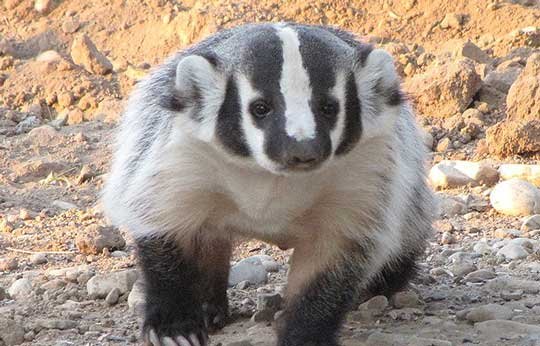
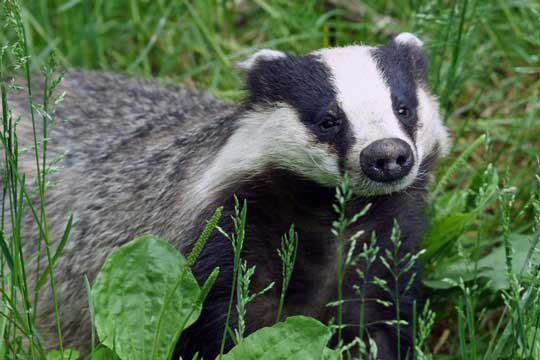
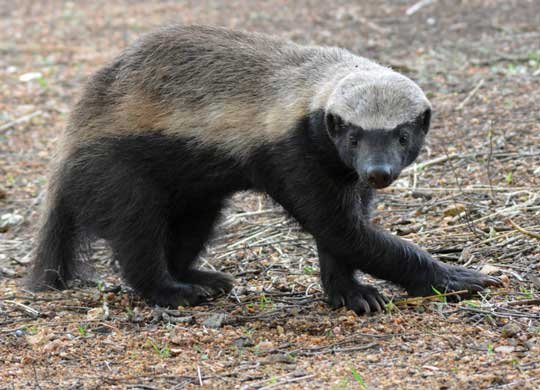
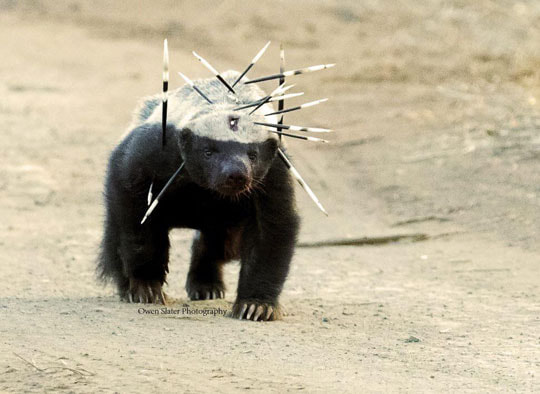
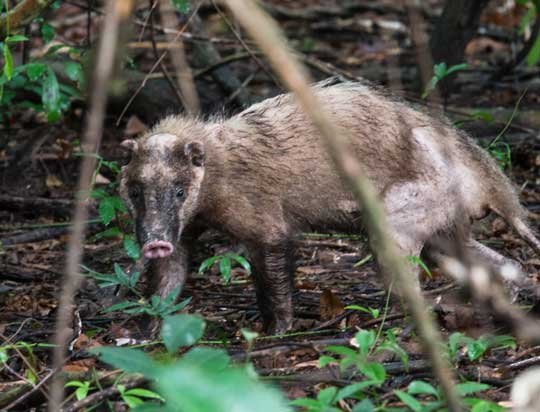

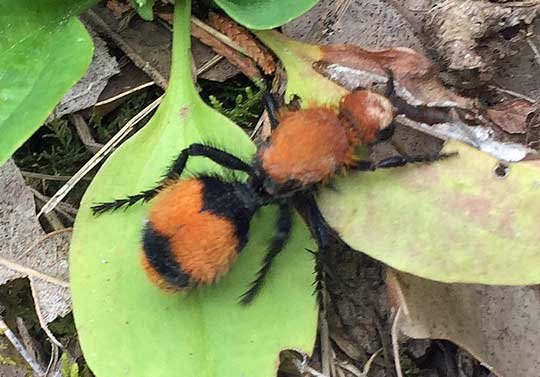
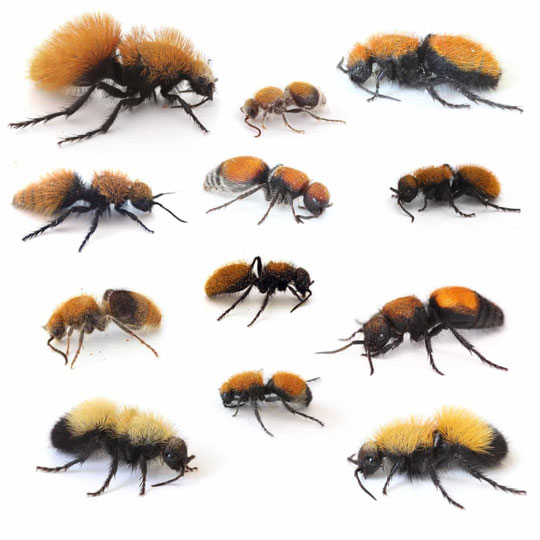
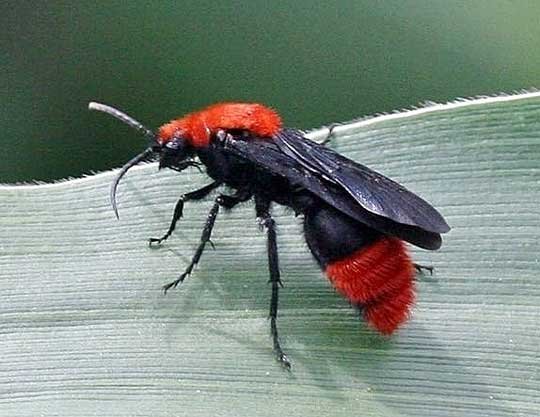
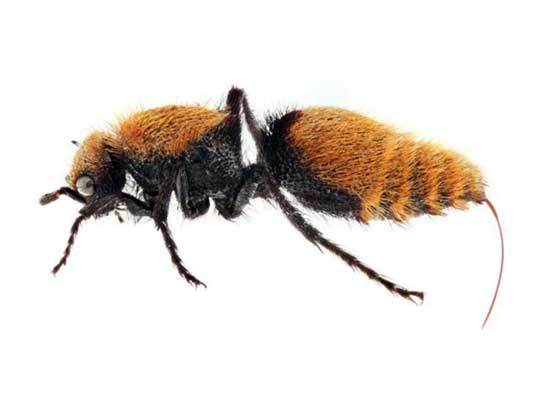
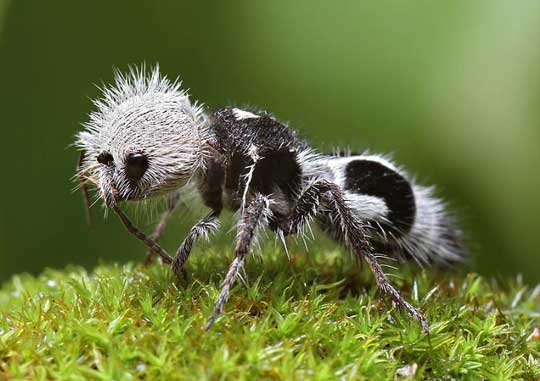
 RSS Feed
RSS Feed